Ever caught yourself treating your feline friend exactly like a dog? You’re not alone. Countless pet owners make this mistake, thinking that what works for their canine companion will automatically work for their cat. This assumption isn’t just wrong – it can actually harm your cat’s health, happiness, and wellbeing.
The truth is, cats and dogs have vastly different personalities, needs, and care requirements. While both make wonderful pets, they evolved from completely different ancestors and developed unique behavioral patterns over thousands of years. Understanding these differences isn’t just helpful – it’s essential for providing proper care. Let’s explore why treating your cat like a dog could be one of the biggest mistakes you’ll ever make as a pet owner.
Their Social Needs Are Completely Different
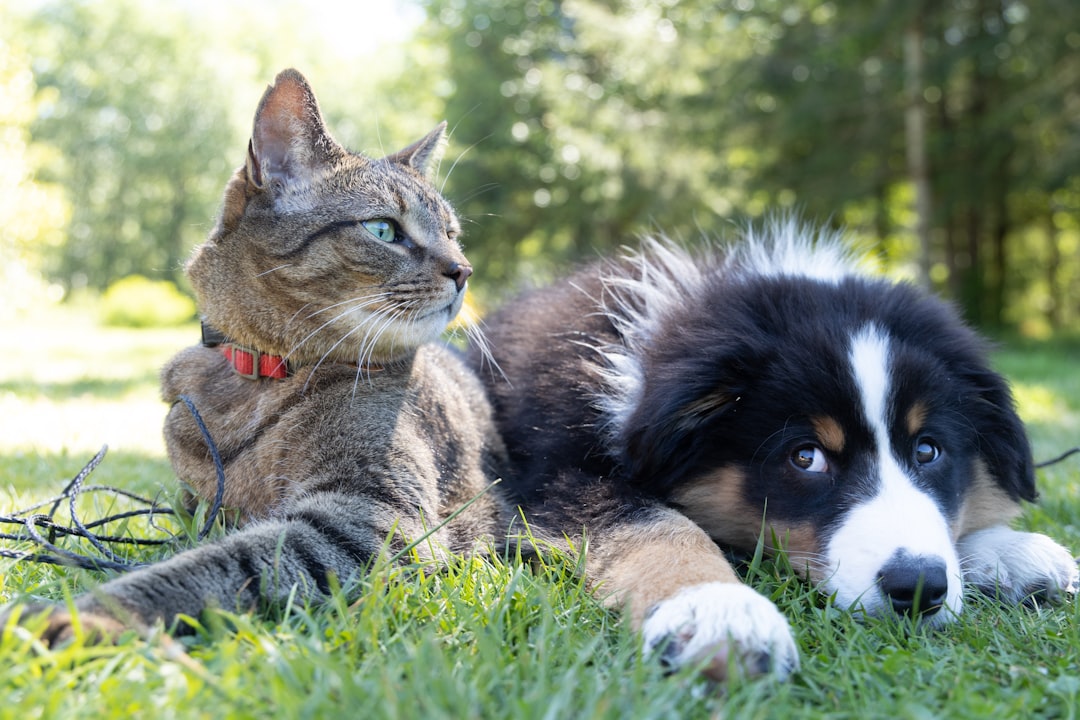
Dogs are loyal, pack-oriented animals that thrive on companionship and emotional support from their owners, cats are more independent and self-reliant, preferring solitude and minimal interaction. This fundamental difference stems from their evolutionary backgrounds.
Dogs are inherently social animals, descended from wolves, which are pack animals by nature. This pack mentality influences how dogs behave toward humans. They constantly seek approval, follow you around the house, and become anxious when left alone for extended periods.
Cats are far more independent and self-reliant. Cats evolved from solitary hunters, influencing their preference for being alone rather than part of a group. They don’t depend on social structures like dogs do, making them more autonomous pets.
Forcing constant interaction on a cat or expecting them to behave like a social butterfly will stress them out. A cat’s independent nature allows them to spend long periods alone without distress. Unlike dogs, they do not need constant interaction or attention from their owners to feel secure.
They Have Completely Different Dietary Requirements
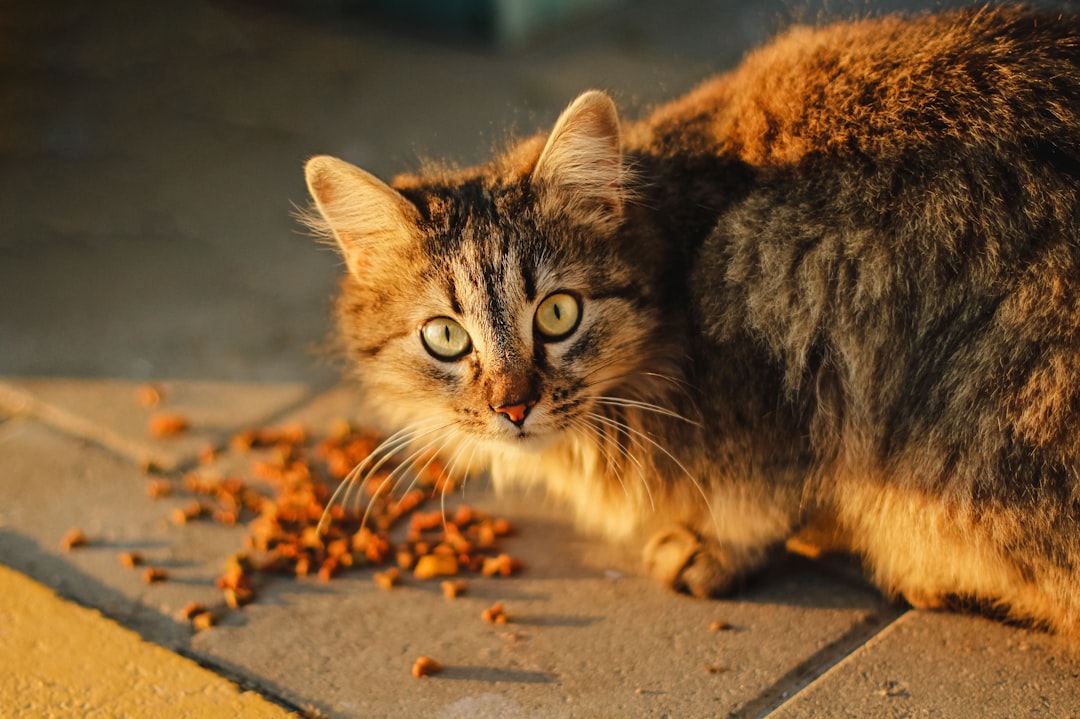
Dogs can be omnivores, while cats are strictly carnivores. This isn’t just a preference – it’s a biological necessity that can mean the difference between life and death for your cat.
Cats, on the other hand, are obligate carnivores. This means their bodies are designed to process animal protein as their primary source of nutrients. The cats we know and love today have a shortened digestive tract and altered liver enzyme capacity, unlike semi-carnivores such as dogs.
Cats require specific amino acids, such as taurine, which are found only in animal-based proteins. Without taurine, cats can develop serious health issues like heart disease and blindness. “Taurine is necessary for eye health and healthy skin, and very important for heart health” and “Without it, ammonia build up can’t be neutralized, so it will become toxic to the cat”.
Feeding your cat dog food or treating them to table scraps meant for dogs could seriously compromise their health. If cats are not provided with a sufficiently high level of taurine, they may develop a heart condition, experience reproductive failure, abnormal development as a kitten, or suffer from retinal degeneration.
Their Exercise and Play Patterns Are Worlds Apart

While many dogs enjoy a game of fetch, cats will often watch you toss a ball, and then walk away, unwilling to join in on your game. This fundamental difference in play behavior reflects their hunting instincts.
Dogs are scavengers while cats are hunters. Their ability to feed, capture prey, and communicate with other animals are all impacted by it. Dogs love chasing games because they mimic pack hunting behaviors, while cats prefer stalking and pouncing activities.
For a cat, fun playtime may consist of pouncing on your feet when you’re lying under the covers and sleeping. Cats are crepuscular animals, most active at dawn and dusk, and may also enjoy playing at night, when your dog is most likely snoring gently. Trying to make your cat go for walks or play fetch will likely frustrate both of you.
Cats need exercise, but don’t bother taking them for a walk. Their ability to scale tall objects in the home using their claws means they can burn plenty of energy without ever having to leave the confines of the house. This makes them a lower maintenance animal to look after.
They Handle Stress and Anxiety Completely Differently
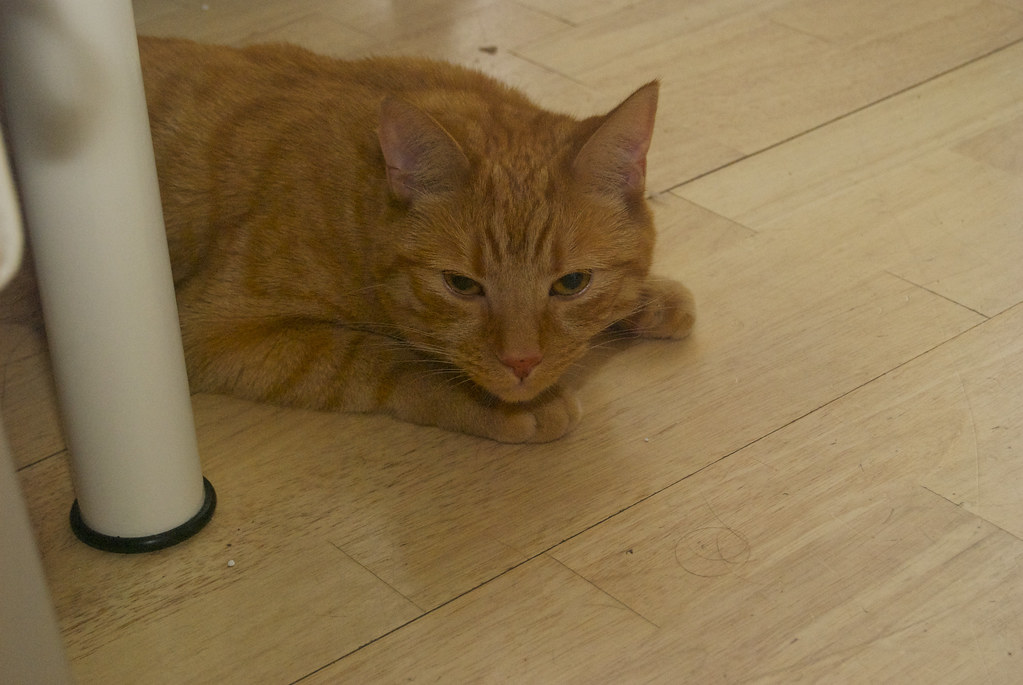
For most cats, a visit to the veterinarian is an overwhelming experience. Unlike dogs who might get excited about car rides or meeting new people, cats view most changes as potential threats to their security.
Cats are very attached to their home territory, and most of our pet cats live a sheltered life with a predictable routine that does not involve traveling away from home. Cats are naturally territorial animals that thrive on routine. Changes to their environment, such as a trip to the veterinary clinic, can feel overwhelming.
Signs of fear, anxiety, and stress in cats can include dilated pupils, flattened ears, a tense body posture, raised hackles and a “puffed-up” tail, and rapid breathing. These stress signals are quite different from how dogs express anxiety.
“When stressful events pile up, it’s known as trigger stacking. In the case of a veterinary visit, the triggers start with getting picked up and placed into a carrier, followed by being in the car, then arriving at an unfamiliar place. Each event may not be too stressful on its own, but when they all happen in quick succession, it can quickly become overwhelming”.
Their Body Language Sends Opposite Messages

One of the most dangerous mistakes is misinterpreting cat body language using dog behavior rules. Cats and dogs communicate through body language. While certain physical cues commonly appear in both cats and dogs, those cues don’t always mean the same things.
“When a cat holds her tail high, it can signal that she is friendly and relaxed” while “When a dog holds his tail high, on the other hand, it often signals high arousal and the possibility of aggressive behavior”. This complete reversal of meaning can lead to serious misunderstandings.
“Friendly dogs wag their tail loosely back and forth at medium height” but “When a cat’s tail begins to wag back and forth, an unfriendly encounter or predatory attack is likely to occur”. Imagine the confusion if you approach a tail-wagging cat expecting friendliness!
“A dog is likely to lie on his back as a submissive greeting behavior or as a way to get his belly rubbed” while “A cat, on the other hand, will lie on her back in self-defense; this position allows her to have all four paws, with claws drawn, ready to react to any threat”.
They Need Different Types of Veterinary Care
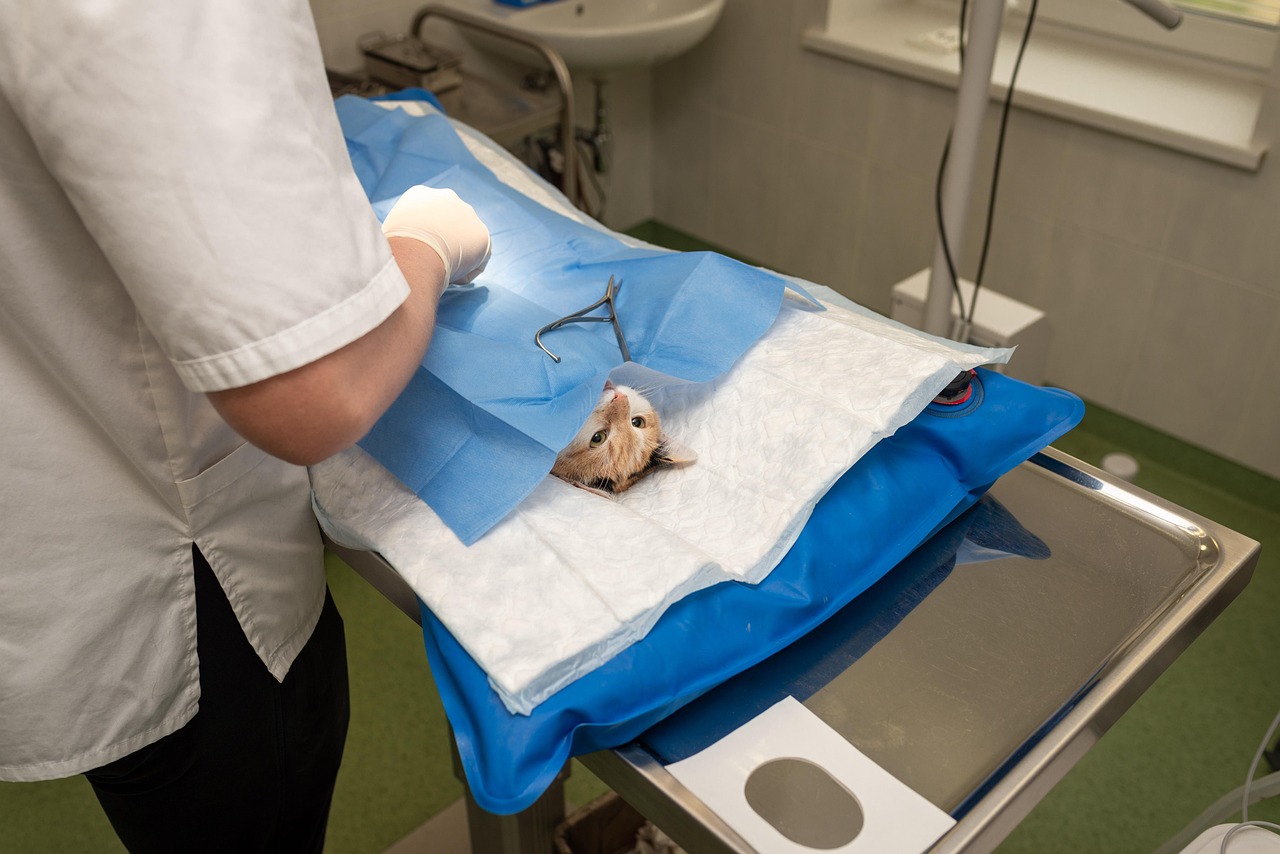
“Cats are not just small dogs – they have distinct medical and behavioral needs that require specialized care. Unlike dogs, cats tend to hide signs of illness, which makes early detection and routine veterinary visits essential”.
While dogs and cats can suffer from some of the same maladies, certain health issues are more common to each. “Dogs more frequently experience skin disorders, trauma, parasites (fleas and ticks), pancreatitis and lymphoma” while “In cats, we see many cases of inflammatory bowel disease, food allergies, asthma, diabetes, immune deficiency and feline leukemia”.
While there aren’t as many pain medication options on the market for cats as there are for dogs, an effective pain medication could make a huge difference in your cat’s quality of life. Using dog medications or dosages on cats can be dangerous or even fatal.
Veterinary visits differed between cat and dog owners, with over 90% of dog owners visiting a veterinarian at any time and 40% of cat owners visiting a veterinarian at any time. This disparity often stems from treating cats like low-maintenance dogs rather than recognizing their unique healthcare needs.
Their Training Methods Require Completely Different Approaches
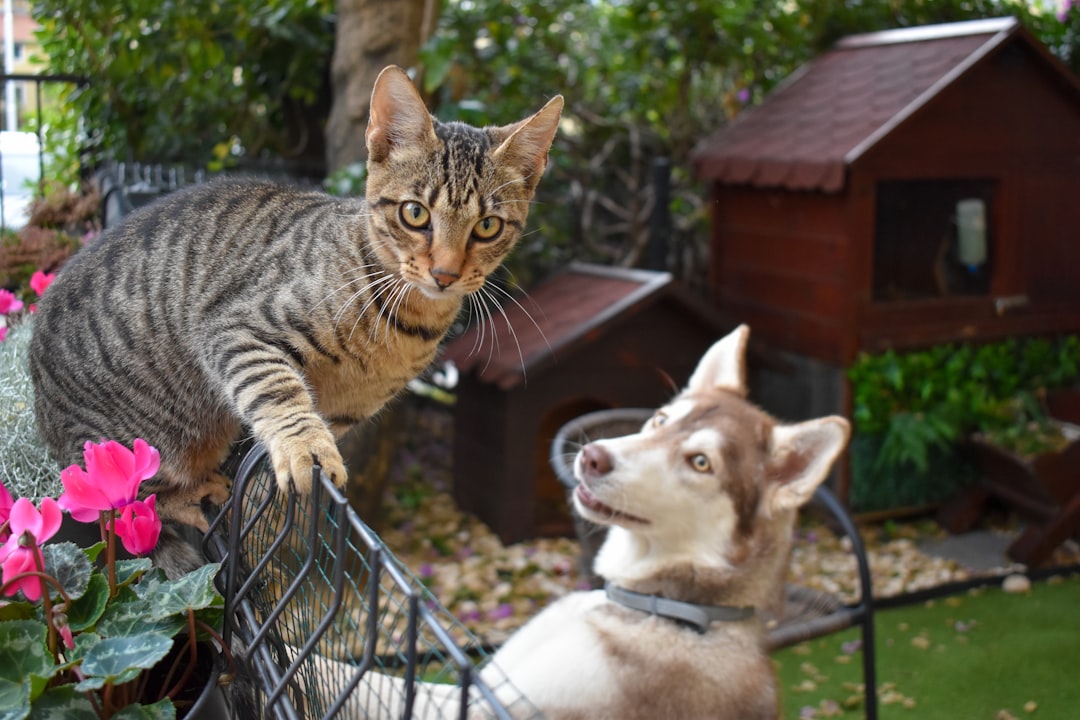
“One of the reasons most people believe dogs are easier to train is that humans have been doing it for centuries, so it simply feels more natural – plus, dogs love a pat on the head along with some ‘good boy’ praise, while cats really don’t care as much”.
“One misconception that dog owners probably believed to be true is that cats are far more challenging to teach than dogs. In fact, if you figure out what a cat truly wants and provide it as a reward, you can educate them to obey directions with ease. Cat training is doable; you simply need to pick the right teaching techniques”.
Cats usually follow orders to get food that they normally don’t get. Unlike dogs who are motivated by praise and pack approval, cats are primarily motivated by resources they value, particularly food rewards they can’t get elsewhere.
Traditional dog training methods like alpha rolls, leash corrections, or dominance-based techniques will backfire spectacularly with cats. These approaches will only increase their stress and damage your relationship.
They Have Different Space and Territory Requirements
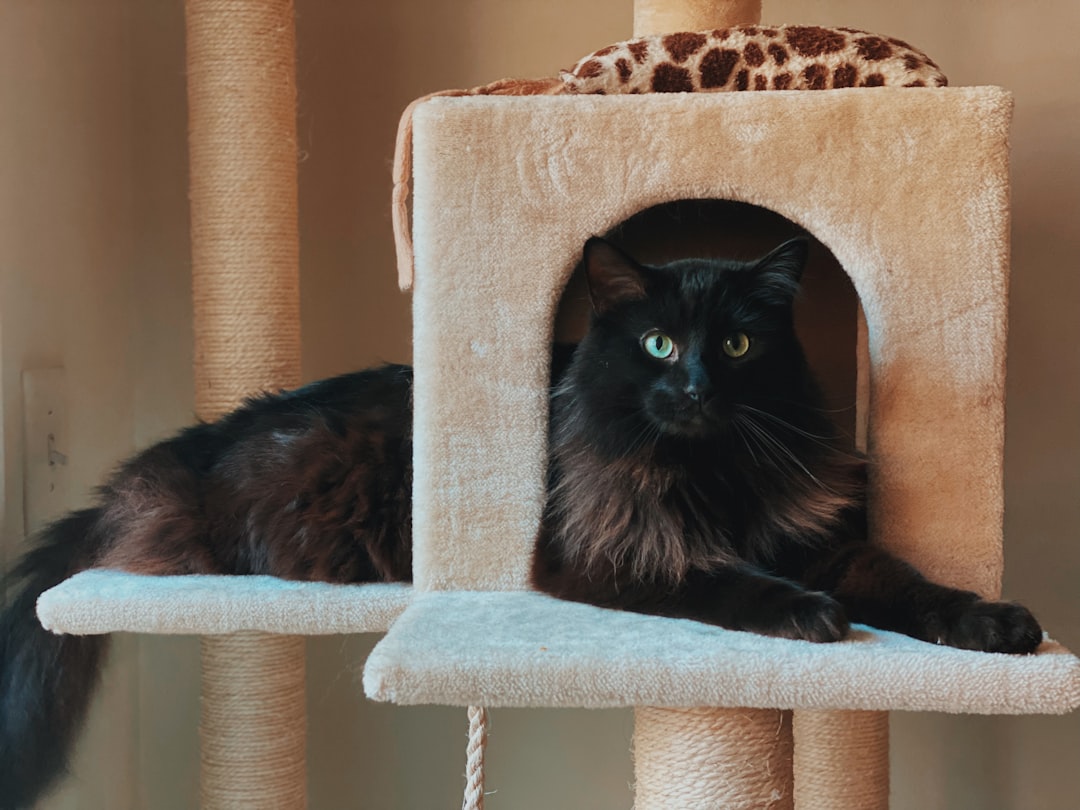
Dogs and cats have different space requirements due to their varying activity levels and behaviors. While dogs, especially larger breeds, need more room to move and play, cats can thrive in smaller spaces as long as they have vertical areas to explore.
“Dogs are pack members, and throughout history, have worked in groups. Because of this, they see their pet parent as the pack leader, looking for direction and following it closely. Dogs tend to work together to get things done, so your dog will involve himself in your routines as a way to connect with you”.
“Cats are solitary hunters. They are very independent creatures, and often don’t rely on their humans for much past their basic needs of food and a clean litter box. They are content being alone for hours at a time”.
Creating dog-style open floor plans won’t satisfy a cat’s need for vertical territory, hiding spots, and multiple escape routes. Cats need cat trees, high perches, and cozy hiding places – not wide open spaces for running around.
Their Grooming and Hygiene Needs Are Vastly Different
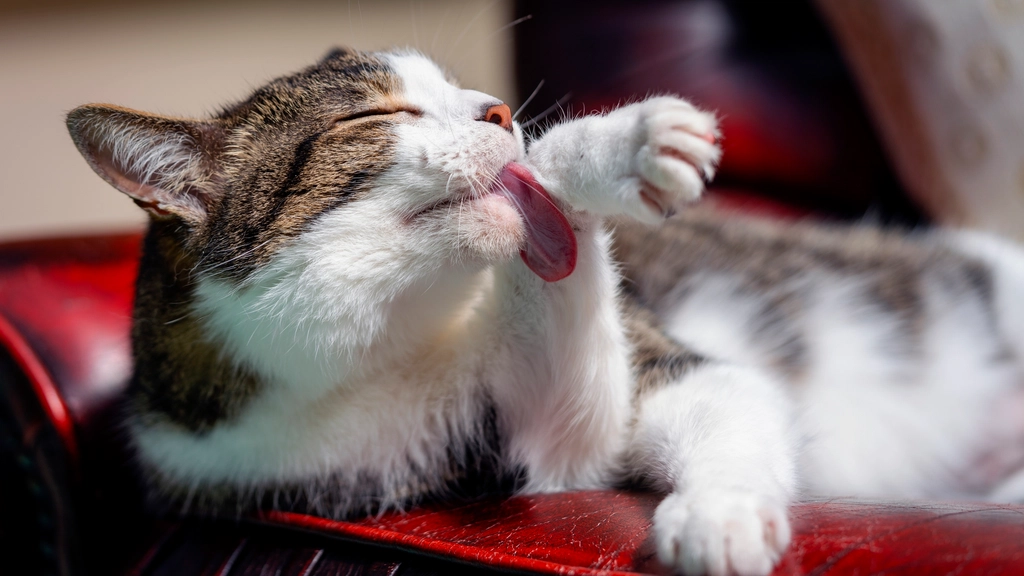
“Perhaps there’s no better encapsulation of the differences between cats and dogs than the way they go to the toilet. Dogs, in their exuberance, don’t mind leaving their number twos out in the open, while cats always make sure to tidy up the mess they’ve left behind”.
“Most cats hate getting their fur wet. This is mainly because domesticated cats have evolved from having to deal with any outside sources of water. As most cat owners are aware, cats spend a lot of time cleaning themselves. This has helped them avoid regular baths or getting their fur wet in any capacity”.
Trying to bathe your cat like a dog or brush them with dog grooming tools will likely result in scratches, stress, and a damaged relationship. Cats have evolved sophisticated self-grooming behaviors that dogs simply don’t possess.
Unlike dogs who may enjoy bath time or at least tolerate it, forcing regular baths on cats can cause severe stress and isn’t necessary for most indoor cats. Their grooming needs are largely self-managed through their natural behaviors.
Their Transportation and Handling Requirements Are Completely Different
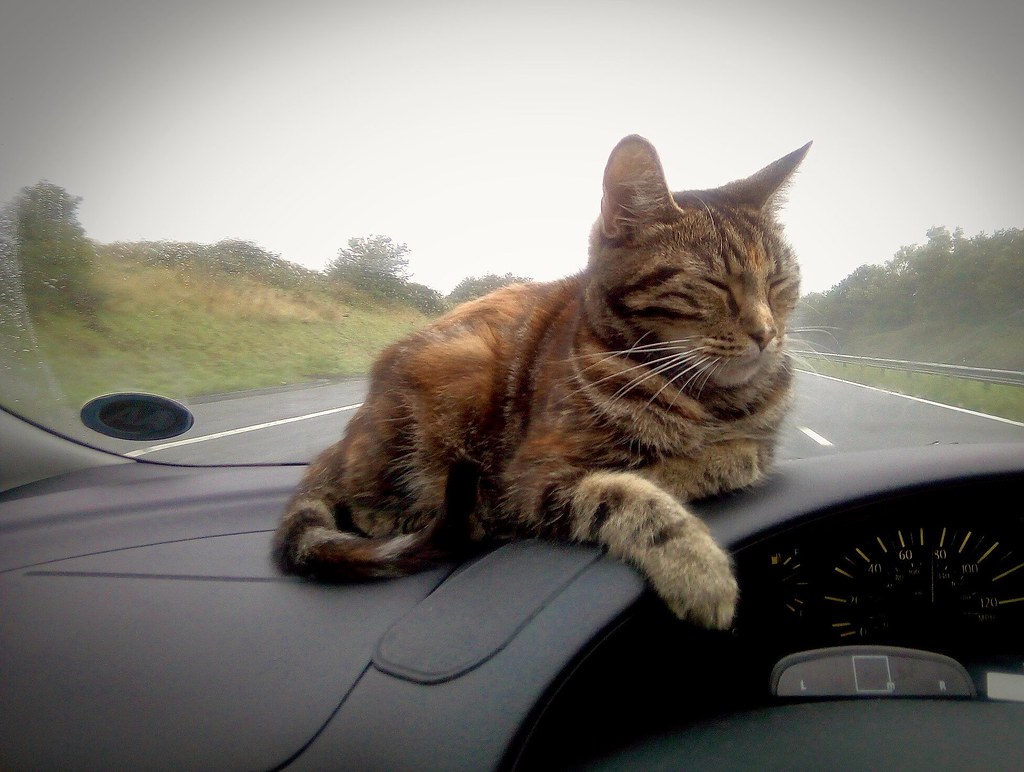
“Unlike dogs, who often associate car trips with fun destinations such as the park or trail, few cats go in the car for a pleasant adventure. You can teach your cat to relax in the car by taking short trips that have a positive outcome”.
“It has been reported that many cats hid in the presence of the pet carrier and vocalised during the journey to the veterinary hospital”. This behavior is completely normal for cats but would be considered problematic in dogs.
“Transport to and visiting a veterinary practice frequently is stressful for cats and their owners. Handling a fearful cat can be a challenge for the veterinary team and stress can influence physiological parameters”. “Training proved to be effective in reducing stress during the car ride and led to a shorter veterinary examination. Owners should be encouraged and instructed to carrier train their cats”.
Using dog harnesses, walking on leashes, or expecting cats to jump into cars like dogs will create unnecessary stress. Cats need secure carriers, gradual conditioning, and completely different handling approaches that respect their need for security and control.
Conclusion
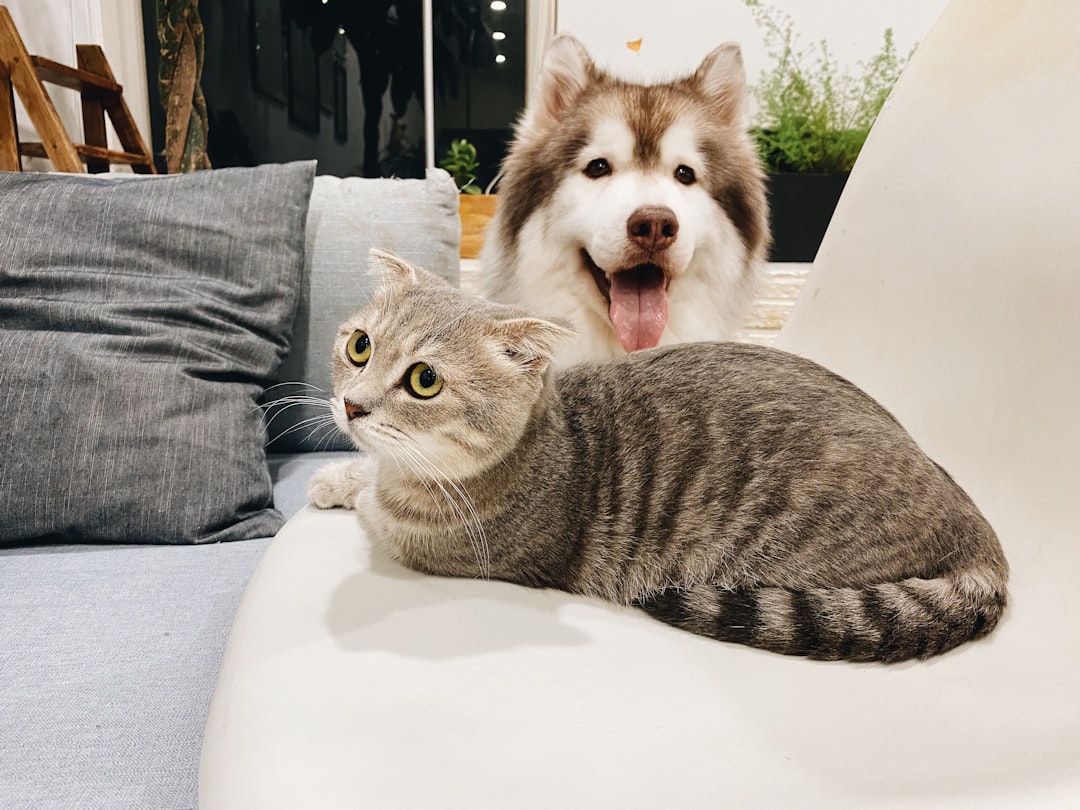
The differences between cats and dogs go far beyond their appearance. From their evolutionary backgrounds to their daily care requirements, these two species have developed completely different ways of interacting with the world. “Each one comes with their own unique set of qualities, and that’s what makes them so special”.
Treating your cat like a dog doesn’t just fail to meet their needs – it can actively harm their physical health, mental wellbeing, and your relationship with them. Understanding and respecting these differences is the key to becoming the best possible cat parent.
Your feline friend deserves care that’s tailored specifically to their species, not a one-size-fits-all approach borrowed from the dog world. What do you think about these differences? Tell us in the comments.





